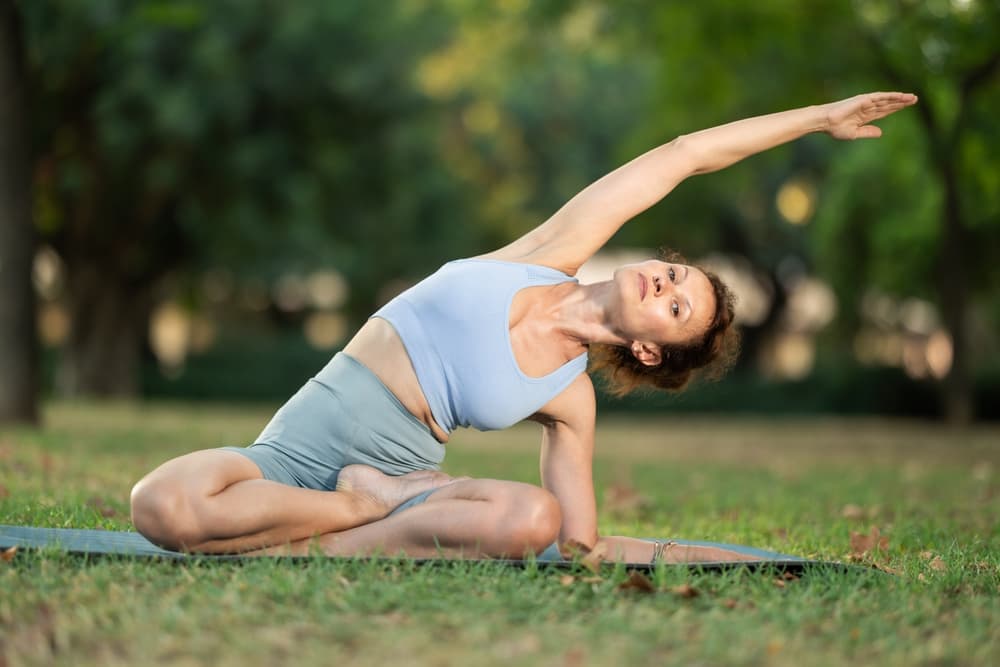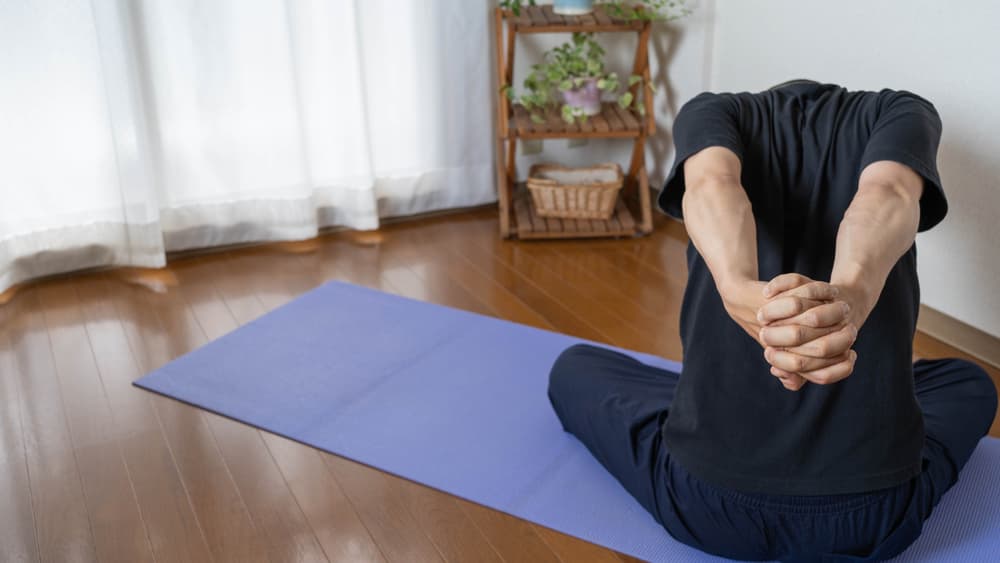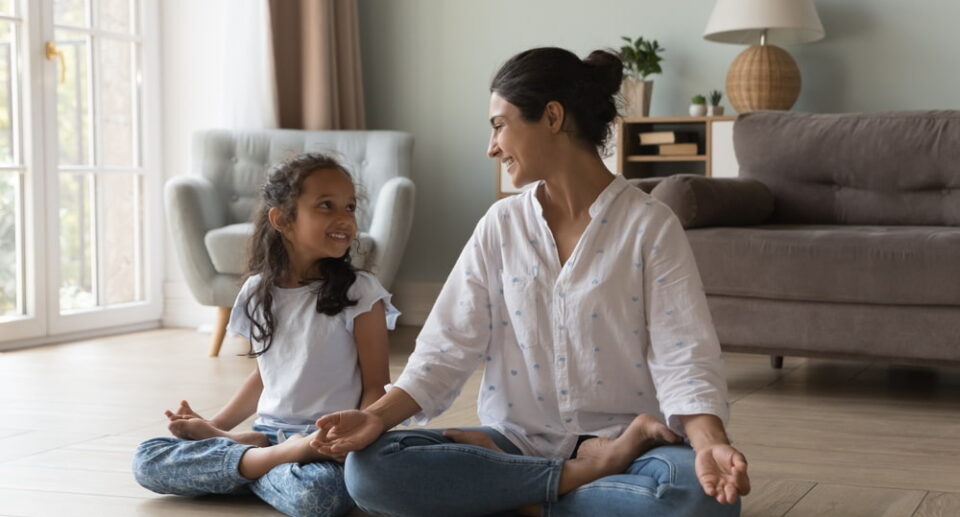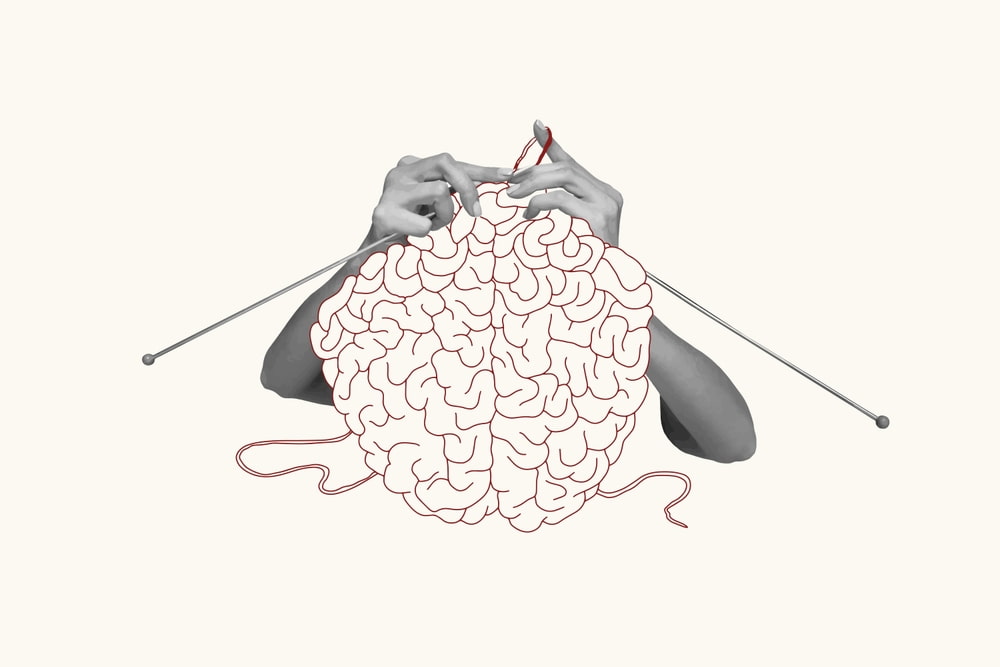How to reduce anxiety through breathing exercises


Anxiety can feel overwhelming, but the good news is that you have an effective tool right at your fingertips: your breath. Breathing exercises are powerful and scientifically proven techniques that help manage stress, reduce anxiety, and promote mental clarity. By focusing on your breathing, you can calm the mind and engage your body’s natural relaxation response.
In this article, we’ll explore the connection between anxiety and breathing, how breathing techniques work to alleviate stress, and practical exercises you can use daily. You’ll also find real-life stories of individuals who have successfully reduced their anxiety with these simple yet effective practices. Whether you’re facing challenges at work, school, or home, these strategies can empower you to take control of your mental health and find peace in moments of tension.
“Slow your breath, calm your mind.”
Harvard Business Review: Focused breathing activates the parasympathetic nervous system to reduce stress.
What Is Anxiety and How Does It Affect the Body?


Anxiety is a natural response to stress, but when it becomes chronic, it can significantly impact your mental and physical health. It manifests through symptoms such as:
- Rapid heart rate
- Shallow breathing
- Restlessness
- Difficulty concentrating
- Fatigue
The Role of Breathing in Anxiety
When you’re anxious, your body’s fight-or-flight response is triggered, causing rapid, shallow breathing. This signals to your brain that you’re in danger, perpetuating the cycle of anxiety. Breathing exercises can interrupt this cycle by engaging the parasympathetic nervous system, which promotes relaxation and helps restore balance.
How Breathing Exercises Help in Stress Management


Breathing exercises work by calming the autonomic nervous system. Specifically, they:
- Lower Heart Rate: Slow, deliberate breaths reduce your heart rate, helping you feel calmer.
- Enhance Oxygen Flow: Deep breathing increases oxygen delivery to the brain, improving focus and reducing mental fog.
- Promote Relaxation: Controlled breathing lowers cortisol levels, counteracting the effects of stress.
These benefits make breathing exercises an essential tool for stress management and mental wellness.
Effective Breathing Exercises to Reduce Anxiety
Here are some proven breathing techniques you can practice daily to reduce anxiety and calm your mind:
1. Diaphragmatic Breathing (Belly Breathing)
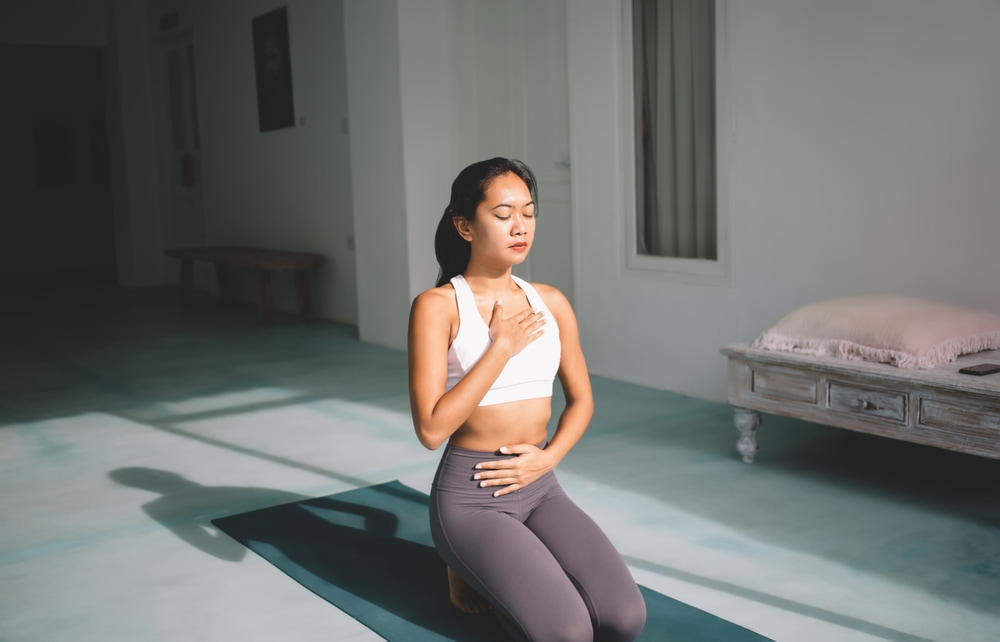

This technique focuses on engaging the diaphragm to take deep, calming breaths.
How to Do It:
- Sit or lie down in a comfortable position.
- Place one hand on your chest and the other on your belly.
- Inhale deeply through your nose, ensuring your belly rises.
- Exhale slowly through your mouth, letting your belly fall.
- Repeat for 5-10 minutes.
Why It Works:
By emphasizing deep abdominal breathing, this technique helps activate the body’s relaxation response, counteracting shallow chest breathing associated with anxiety.
Example Question:
Do you notice your chest moving more than your belly when you breathe? This exercise can help you shift to a more calming breathing pattern.
2. Box Breathing (Square Breathing)
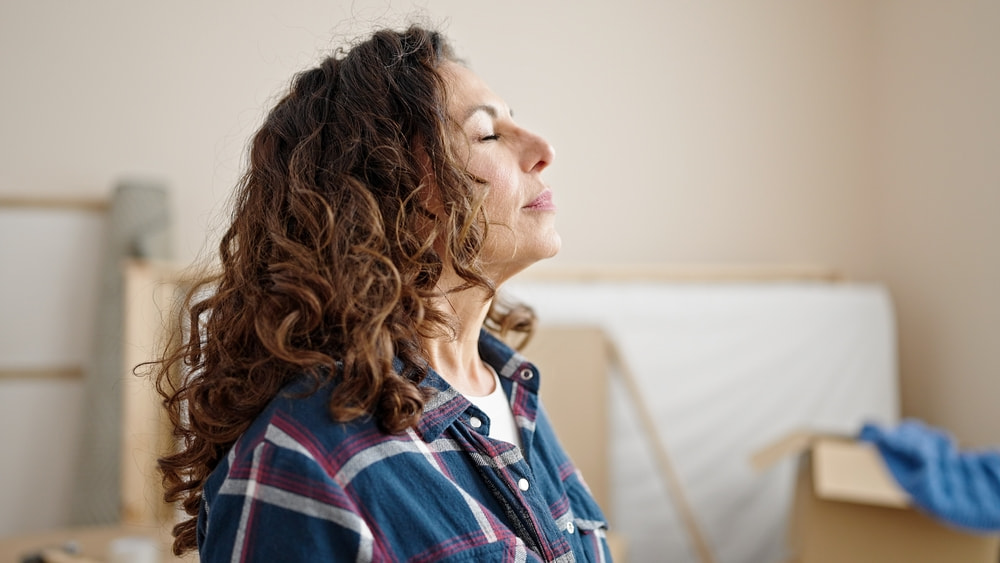

Box breathing is a simple, structured technique often used by athletes and military personnel.
How to Do It:
- Inhale through your nose for a count of 4.
- Hold your breath for a count of 4.
- Exhale through your mouth for a count of 4.
- Hold your breath again for a count of 4.
- Repeat for 4-5 cycles.
Real-Life Example:
John, a software engineer, uses box breathing before stressful meetings. “It’s like a reset button for my mind,” he says.
3. Alternate Nostril Breathing (Nadi Shodhana)
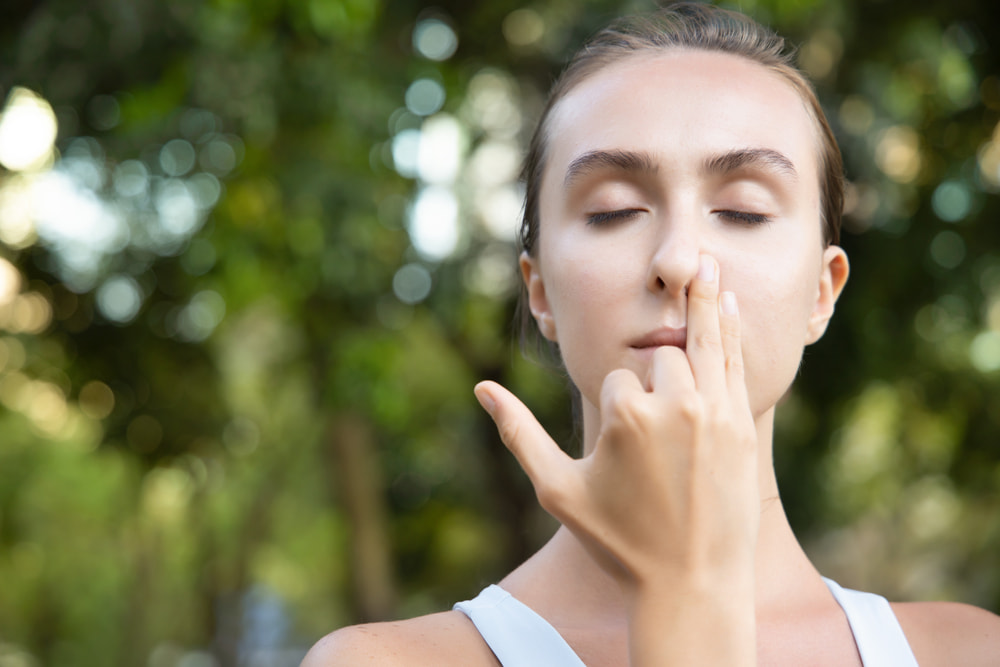

A yoga-based breathing exercise that balances the body’s energy.
Balances the nervous system and mental clarity.
-Supported by studies from the NIH and yoga research in the U.S.
How to Do It:
- Sit comfortably and close your right nostril with your thumb.
- Inhale deeply through your left nostril.
- Close your left nostril with your ring finger and release your thumb.
- Exhale through your right nostril.
- Repeat for 5-10 cycles.
Why It Works:
This technique reduces stress and enhances focus by balancing the left and right sides of the brain.
Question to Reflect On:
Have you tried combining physical relaxation with mental clarity? This technique can help you achieve both.
4. 4-7-8 Breathing
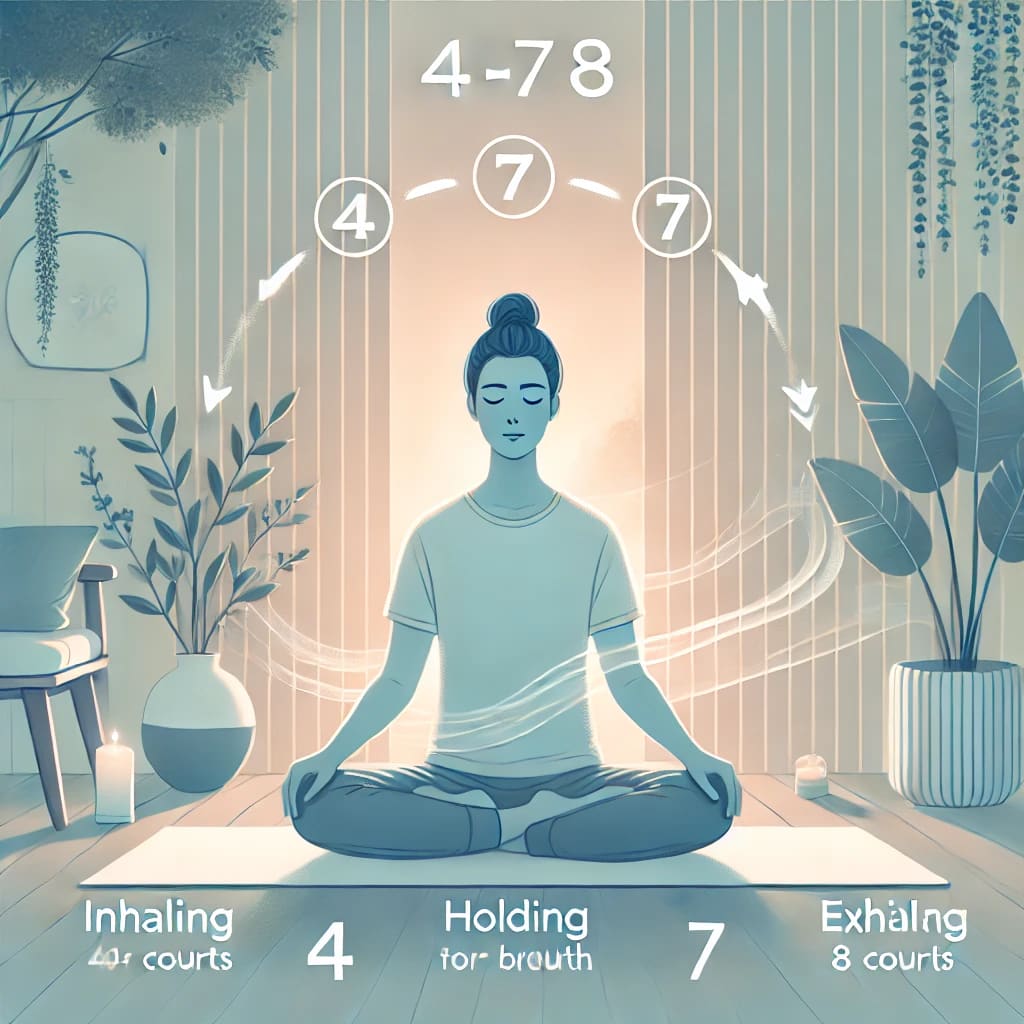

This method, popularized by Dr. Andrew Weil, is designed to promote deep relaxation and better sleep.
How to Do It:
- Inhale through your nose for 4 seconds.
- Hold your breath for 7 seconds.
- Exhale slowly through your mouth for 8 seconds.
- Repeat for 4-6 cycles.
Success Story:
Emily, a college student, uses this technique before exams to manage her anxiety. “It’s my go-to method for staying calm,” she says.
5. Resonance Breathing (Coherent Breathing)
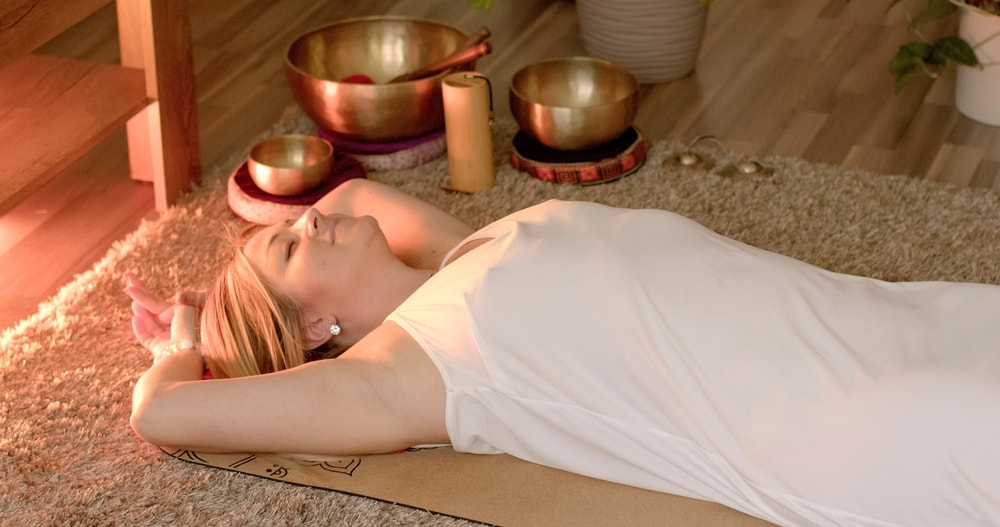

This involves breathing at a rate of 5-6 breaths per minute.
How to Do It:
- Inhale for 5 seconds.
- Exhale for 5 seconds.
- Continue for 10 minutes.
Why It Works:
This method synchronizes your heart rate with your breathing, fostering a state of relaxation and balance.
Real-Life Success Stories
Sarah’s Journey with Diaphragmatic Breathing
Sarah, a busy mother, often felt overwhelmed balancing work and family responsibilities. She discovered diaphragmatic breathing through an online wellness program and started practicing for 10 minutes each evening. Within weeks, Sarah noticed significant improvements in her mood and energy levels. “It became my quiet time to reset and recharge,” she says, adding that her newfound calmness positively impacted her family dynamics.
Mark’s Experience with Box Breathing
Mark, a firefighter, faces high-pressure situations daily. He adopted box breathing as a way to stay calm and focused during emergencies. “It’s a technique that keeps my mind clear when chaos surrounds me,” he explains. Mark now teaches box breathing to his team, helping them manage stress effectively on the job.
Nina’s Transformation with Alternate Nostril Breathing
Nina, a yoga instructor, struggled with social anxiety despite her outward confidence. Practicing alternate nostril breathing before social events gave her the balance and mental clarity she needed. “It’s like clearing out the noise in my head,” Nina shares. “Now, I feel more grounded and confident when I’m around people.”
Emily’s Academic Success with 4-7-8 Breathing
Emily, a college student, used to experience test anxiety that disrupted her sleep and focus. After learning the 4-7-8 breathing method, she integrated it into her nightly routine. The technique not only improved her sleep but also enhanced her concentration during exams. “It’s my secret weapon for staying calm under pressure,” Emily says.
David’s Recovery with Resonance Breathing
David, recovering from burnout, was introduced to resonance breathing by his therapist. Spending 10 minutes daily on slow, rhythmic breathing helped him regain his mental clarity and emotional stability. “It felt like hitting a reset button for my mind,” David reflects. Now, he incorporates this practice into his morning routine to start each day with a sense of calm.
These stories highlight the transformative power of breathing exercises in managing anxiety and improving overall well-being. No matter your lifestyle or challenges, these techniques can help you find balance and serenity.
Tips for Incorporating Breathing Exercises into Your Routine


- Start with just 5 minutes a day and gradually increase the duration.
- Pair breathing exercises with mindfulness practices like meditation.
- Use apps or timers to stay consistent.
- Practice in a quiet, comfortable space.
FAQs About Breathing Exercises
Q: How quickly do breathing exercises work?
A: Many people feel immediate benefits, but consistent practice leads to long-term improvements.
Q: Can breathing exercises replace medication for anxiety?
A: Breathing exercises are a complementary tool. Consult your healthcare provider for medical advice.
Q: Are there apps to guide breathing exercises?
A: Yes, apps like Calm, Headspace, and Breathe+ offer guided sessions.
Breathing exercises are simple yet powerful tools for managing anxiety. By incorporating them into your daily routine, you can find peace, improve focus, and regain control over your mental well-being. Start practicing today and experience the difference.

